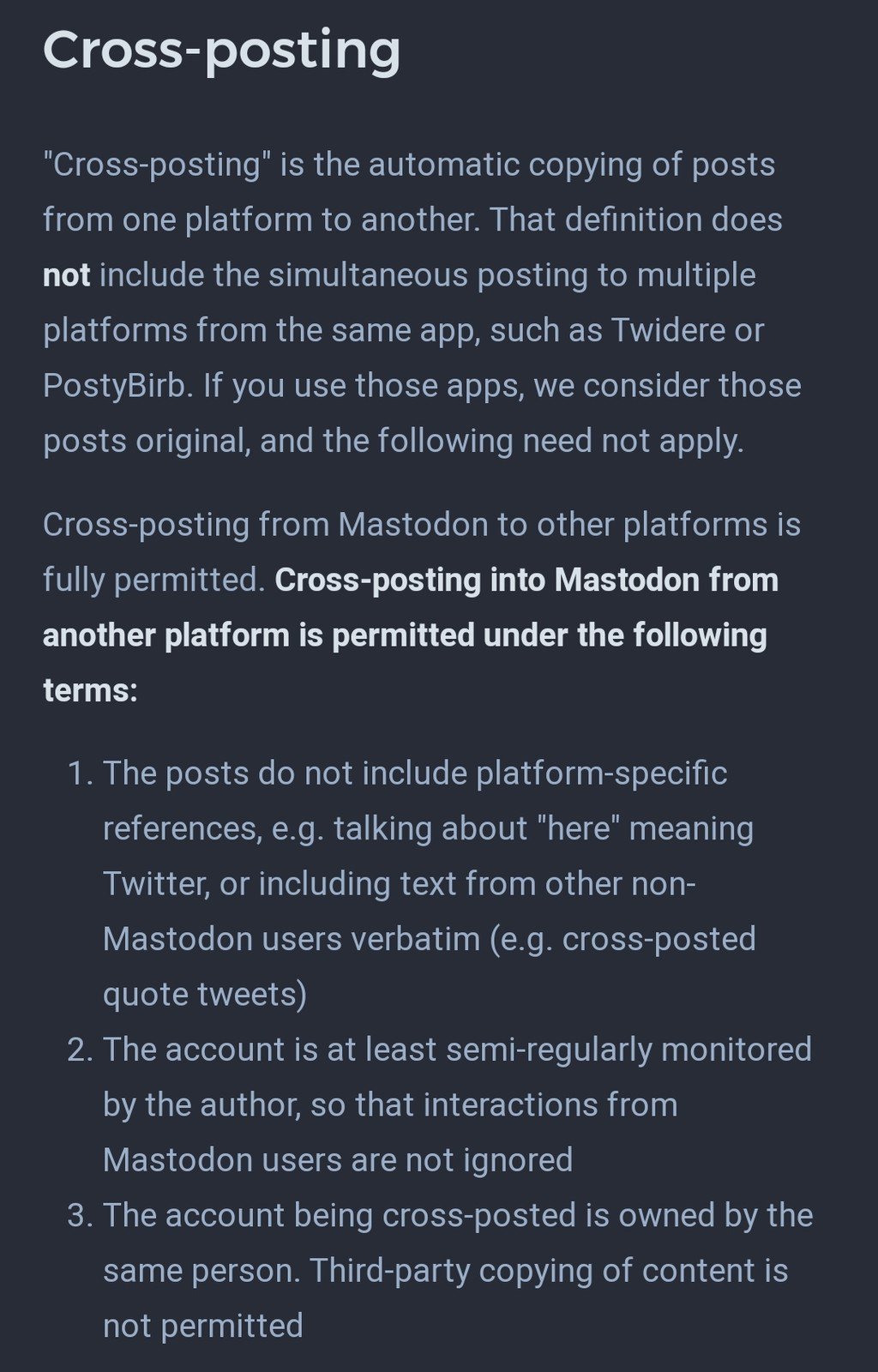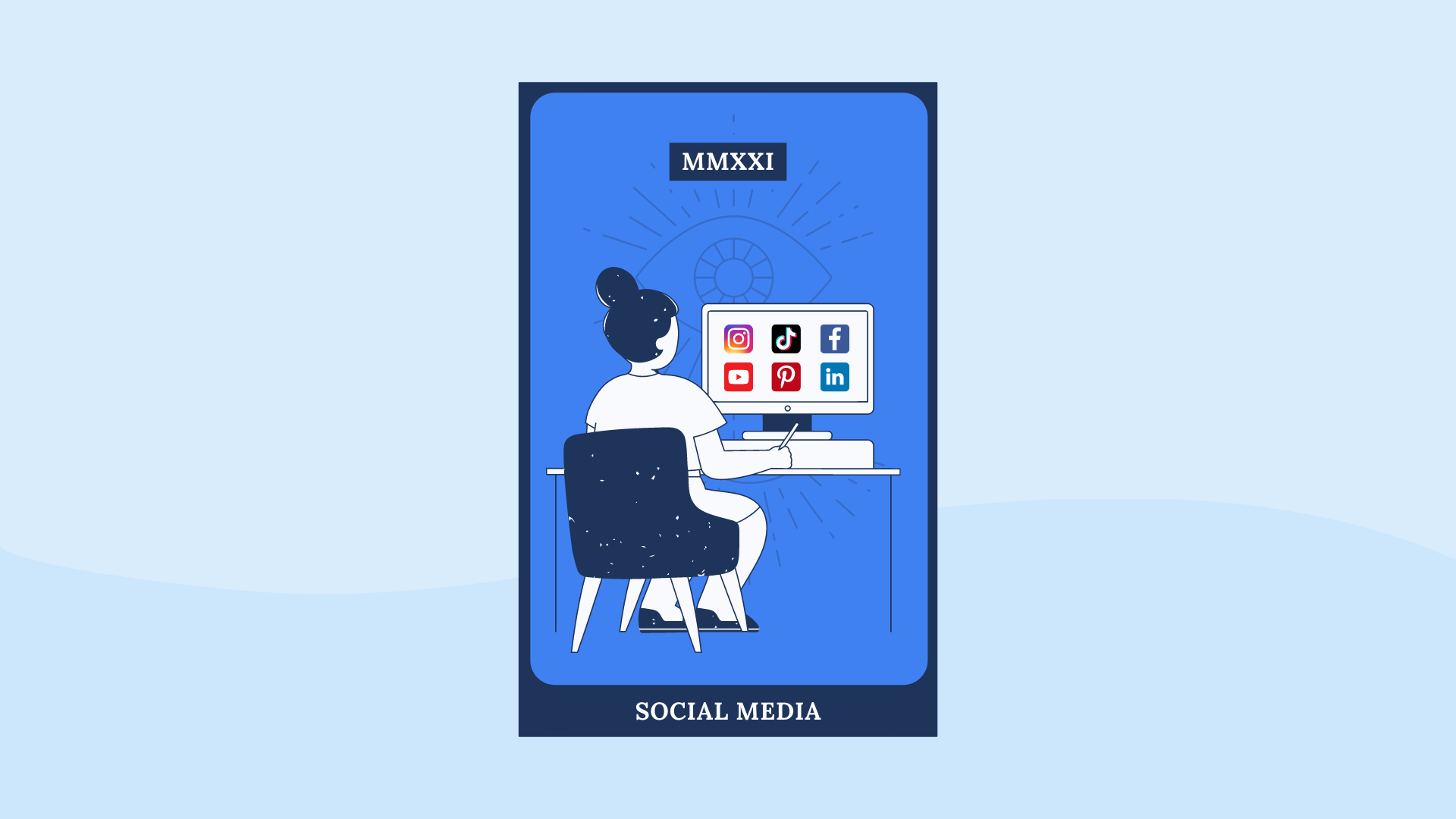
While you might be the most successful business person in the world, are you a LinkedIn influencer or a top-ranking executive? How do you build a following? LinkedIn's Top Voices list includes world-famous CEOs. Anyone can create a sphere or influence there. To get started, follow these steps:
Content calendar
The process of creating a content schedule for your business, especially if you're a LinkedIn Influencer, can be tedious. No matter what industry you work in, it is not possible to create new content every day. While it may appear that you can write new blog posts every day, the reality is that you cannot expect to produce as much content as you would like. A content calendar will help you better manage your time.
A content calendar is a plan that you create to help you stay organized. It helps you keep organized and allows you to reuse content on different platforms. It could be used to consolidate your next blog post and make sure it is shared on all your social media channels. A calendar will make your content marketing process easier and more consistent. It makes it easier for everyone to collaborate and ensure that each piece of content is published at the right time.
Authenticity
LinkedIn Influencers are able to generate thousands of likes and comment and remain at the top. It's tempting to try to emulate the LinkedIn Influencer's methods but it's better if you are authentic. A true influencer is one who attracts followers and engages them with conversation. It is important that you are consistent, deep, passionate about building conversation. The following LinkedIn Influencers exhibit all three characteristics.

LinkedIn is the most well-known social networking platform that focuses on business. Industry leaders and celebrities use the site to build relationships and share best practices. Some have even gone as far as to be considered influencers. Their influence can be used by you to market to a new group or to promote your product. But how do you know if your LinkedIn influencer is genuine? Here are some things you should keep in mind
Niche
How do you stand out in your niche market? Start by identifying who you want to target. LinkedIn influencers refer to people who excel within their field and can only be cultivated through invitation. Usually, these individuals are thought leaders and innovators in various industries. They produce quality content. They also produce high-quality content, which is a big difference from other LinkedIn users. In fact, they are experts in managing information and promoting conversations.
These influencers will be easy to locate if you know their email address and their name. Next, you can search their content and determine if it matches your business. You can also manually search for the profile of an influencer or export their email addresses. You will be able to see if your influencer has shared your content. You can also check their connections on LinkedIn or by email. Get more information about your brand by getting their email addresses.
Credibility
To gain the attention of a large audience, you must first establish your credibility as a LinkedIn influencer. LinkedIn offers many ways to build your credibility. The steps below will help you get started.

Engage with your audience, post regularly and build credibility on LinkedIn. You might be tempted to keep repeating the same content, but this won't help to build a following. Engage with your followers, and make your posts relevant. Your content should be fresh and you will be seen as an influencer. Your followers will be more engaged if you keep them on the same page.
FAQ
Why is content so important?
Any digital marketing campaign needs to include content. In order to attract new customers you will need to create relevant content. Blogging is the best method to do this. Blogs help you establish authority in your niche and make you more trustworthy. This trustworthiness gives you credibility, which leads to higher search engine rankings. Ranking high means you receive organic traffic.
What if I post only links to other sites' content.
Yes! This is called link building. It's a great way increase traffic to your site by linking to other sites. Be sure to only link to trusted sources.
Is content marketing easy to measure?
Yes! It's part of the process. This helps you to determine if your efforts were successful or if you need to make adjustments.
It's possible to track how many visitors came through different sources--including email, social, and paid ads, as well as track conversions such sales leads and purchase orders.
These metrics will tell you what pieces of content did well and where there are the most opportunities.
Statistics
- This marketing strategy landed Ford a 15.4% conversion rate. (neilpatel.com)
- Content marketing produces 3X more leads per dollar spent. Content marketing costs 62% less than traditional marketing. (criteo.com)
- To further show the importance of this, 89% of people have stopped doing business with a company because of a poor experience. (neilpatel.com)
- In fact, would pay more for a better customer experience, and 86% of B2B buyers would pay more. (neilpatel.com)
- We found that 40% of businesses don't have a documented strategy yet. (semrush.com)
- Forty-seven percent of buyers view 3 to 5 pieces of content before engaging with a sales representative. (mailchimp.com)
- According to the Content Marketing Institute, 70% of B2B marketers and 86% of B2C marketers surveyed use content marketing in some form or other. (criteo.com)
- According to our research, 65% of companies with very successful content marketing in 2021 ran content audits at least twice a year. (semrush.com)
External Links
How To
Informationgraphic creation tips for content marketing
Infographics are a powerful way to simplify complicated concepts, and make information easier to understand. Infographics can be used to communicate your message.
To create an infographic, you will need to use design software like Adobe Illustrator or Photoshop. These programs can be used to create different shapes and elements that represent your data. Then, you can add colors and fonts to make it look great. Once you are happy with your design, you can upload images to Unsplash and Pixabay for your design.
Online infographics can be a great source of inspiration. To show how many calories certain foods have, you can use a picture of a pyramid to illustrate this. You could also replace the numbers with images of the food. You could also look at the sugar content of soda pop, and then take a photo of a Coke bottle.
Once you have designed your infographic you can share it via social media channels, such as Facebook or Twitter. This will make it easier for people who don't know the concept to get familiar with it. Use hashtags to let others know what infographic you are sharing on social media. Hashtags enable users to follow along in conversations related to specific topics.
Try to make your infographic posts shorter than you normally would if you create one. A blog post may be 2000-5000 words long. An infographic requires only 500-1000 words. That means you can get more information across in less space.
Make sure you consider that your infographic will be difficult to read by some viewers. It is important to use large fonts and avoid relying too heavily on colors when designing your infographic. You must also ensure that your text is easily read.
These are additional tips:
-
Select an Infographic Template. There are many free templates available online and in printable formats. Canva, Piktochart and Google Slides are the most used templates.
-
Make your Infographic. Create your infographic using the template. Any media you choose is acceptable for your audience. An example of this is a infographic that shows the best restaurants in Seattle.
-
Add text. Add text after you've created your infographic.
-
Add images. Add images to an infographic. These images can be charts, graphs, icons, or pictures. You should make sure that the picture you upload is related to your topic.
-
Make It Interactive. Interactive elements like buttons, maps and links can be added to your website. This will allow you to engage your audience.
-
Share. Share the infographic once you're done.
-
Measure. Do you know how well your infographic performed? Are people clicking through to your website or not? Did they sign up for your email list? What was their reaction?
-
Improve. Is there a way to improve your infographic? Could you do better next time?
-
Repeat. Do this again!